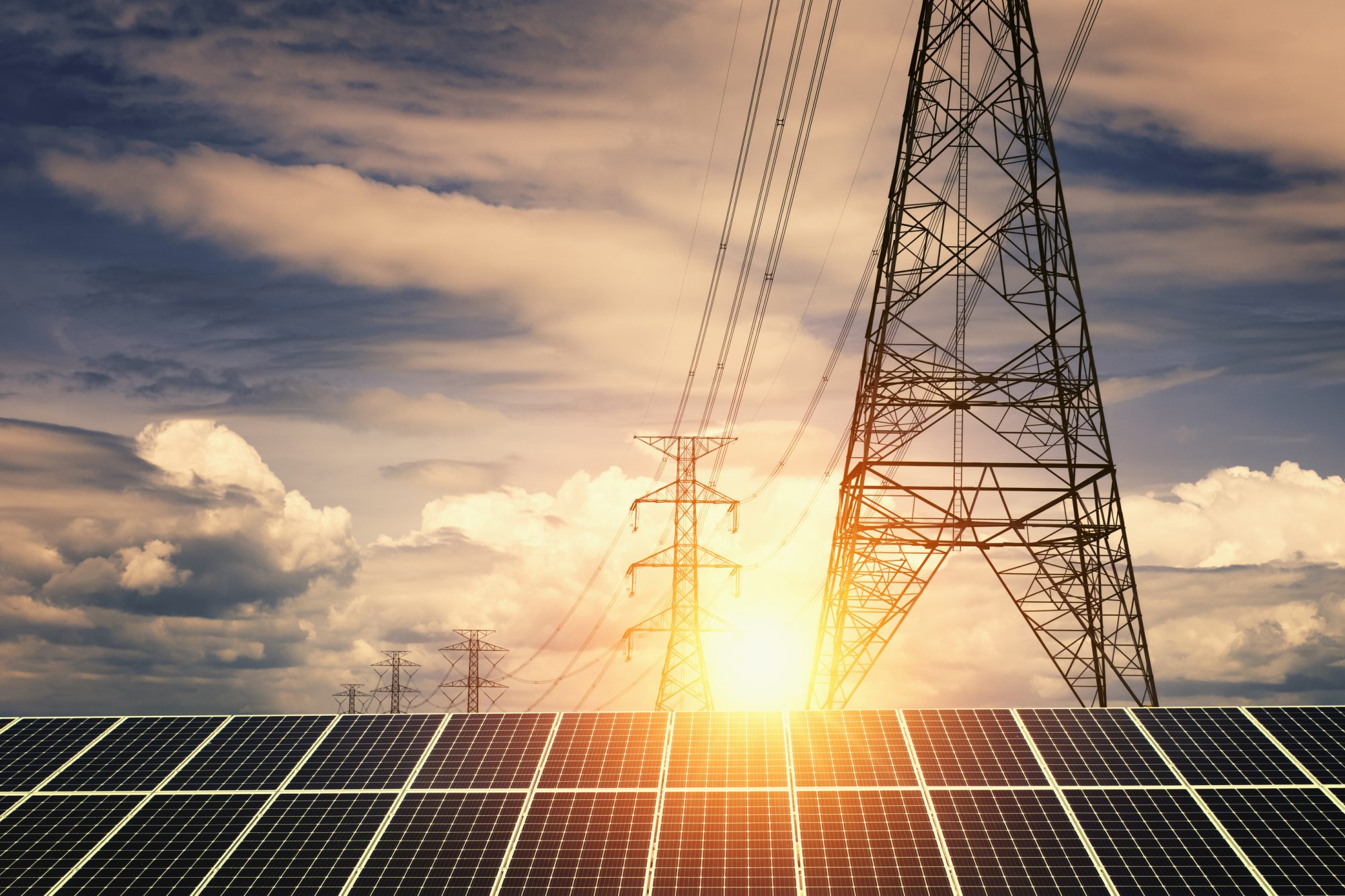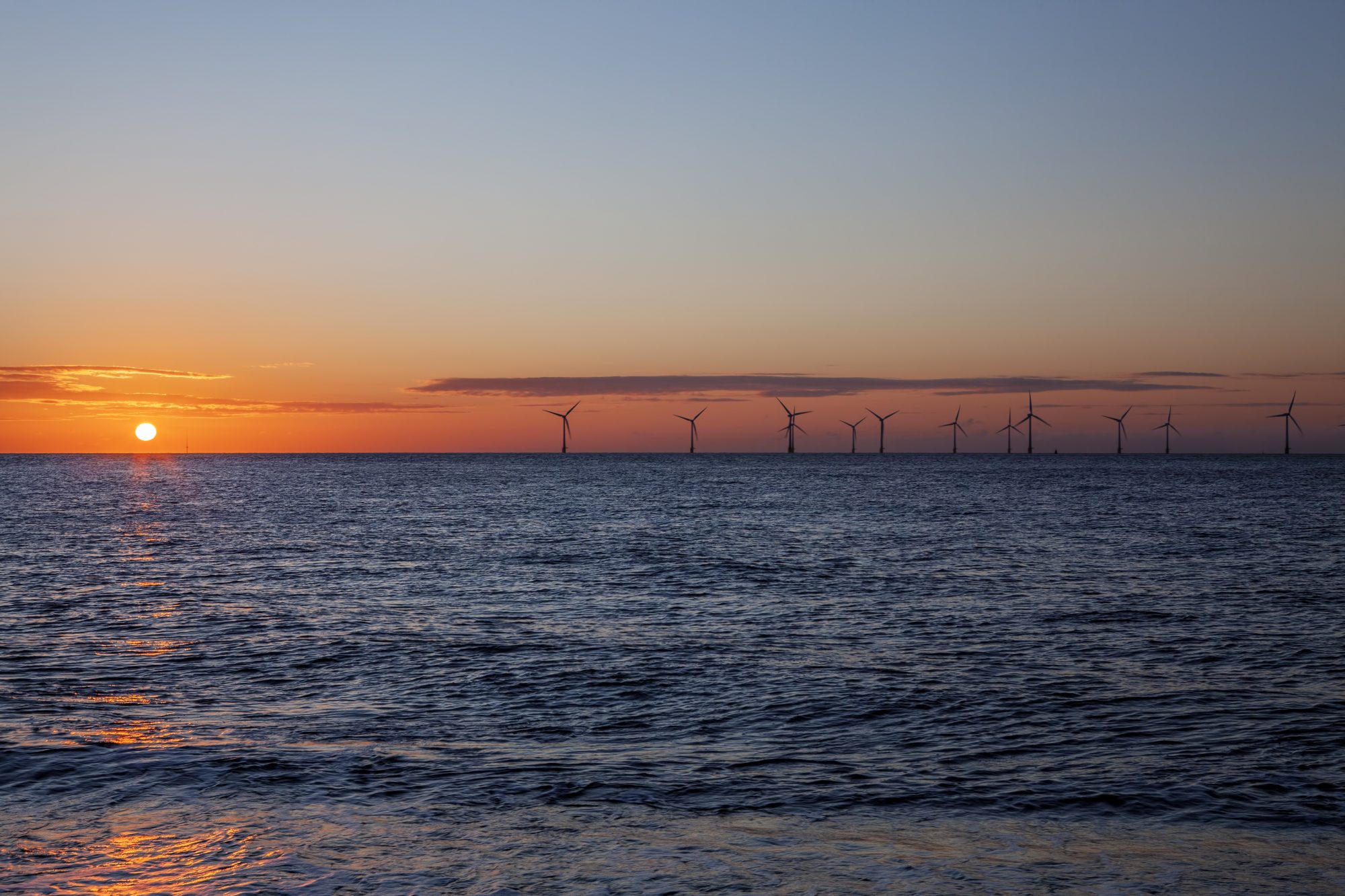In order to achieve a net zero future, the UK needs more tangible support to achieve net zero ambitions – including better infrastructure for sustainable energy
Despite the UK’s commitment to being carbon neutral by 2050, uncertainty is building around the journey to a net zero future. The Climate Change Committee, the body that monitors and advises the government, has already warned current programmes will not deliver net zero and pointed to holes in the UK’s strategy. Meanwhile, the economic affairs committee has called for the government to set out a detailed plan that includes deadlines for investment decisions or risk a disorderly transition away from fossil fuels.
When it comes to net zero, there is a real risk the UK risks offering plenty of kind words but no real tangible support for its plans. Without a doubt, we need to remain focused on our efforts to wean off hydrocarbons with more sustainable energy sources, such as wind, heat pumps and tidal. However, doing this successfully will rely on more thought being given to the underlying infrastructure that will allow the energy transition.
Fast-tracking change in energy consumption
Decarbonisation will spark unprecedented changes in the ways electricity is generated and consumed. Handling the peaks and troughs that come from electric vehicles, heat pumps and industrial use means that loads from intermittent renewable power sources, such as wind or solar, will need to be carefully balanced. The UK’s whole energy system will need to be reconfigured for the future. Capacity will need to be increased to ensure resilience and technologies that increase network flexibility will be key alongside targeted reinforcement of the grid.
As a starting point to achieving net zero, initiatives that ensure the underlying infrastructure can be re-engineered to cope with unprecedented changes in the ways electricity is generated and consumed should be fast-tracked. For example, we need major investment in a comprehensive infrastructure of energy storage for low carbon sourced electricity, to replace fossil-fuelled reserve power and provide accessible energy which will balance networks at every. We also need to remove the barriers which make it difficult and expensive to connect a renewable generation of every type and size to the grid by incentivising and rewarding the people who invest in them.
Finally, automatic voltage control (AVC) technologies have a significant role to play in helping operators maximise the efficiency of their networks, reducing the need for grid reinforcement and maintaining the reliability of service to consumers. On the supply side, voltage control is essential to manage the connection and intermittent nature of more distributed renewable generation, such as wind and solar. On the customer side, new voltage control technologies ensure stable voltages on older networks which were designed for lower demand than now – typically rural areas with increasingly power-hungry customers. They are also critical to deal with the accelerating uptake of electric vehicles and heat pumps across the grid.

The bigger picture of the energy system
Every part of our energy system is interrelated so it’s important to remember that making the transition to net zero requires our whole energy system to be reconfigured. This includes the mechanisms to pay and service it. We need to address the skills required to achieve a net zero future. A career in engineering offers an opportunity to specialise in areas that are vital to decarbonising human activity and delivering a sustainable future. Yet more still needs to be done to solve the skills crisis and raise the status of apprenticeships and practical qualifications to excite people about starting technical careers.
It’s also time to be clear that the transition to clean energy will come at a cost. Investment and innovation will be required and there needs to be greater transparency about what needs to be done and the price we will have to pay for achieving a net carbon zero future. Big decisions will need to be made about how to fund any transformation – whether through customer bills, general taxation or government borrowing. Ofgem and the industry should take a whole-system view and communicate that to customers. Everything from where the money is coming from to where it is going and what benefits it delivers.
A carefully thought-out plan for the electricity industry
The future of the electricity industry is difficult to map with complete certainty. But, alongside the challenges are many exciting opportunities for innovation and intelligent investment. What we need now is a carefully thought-out plan for transformation. One which is comprehensive, long-term, realistic, and properly funded.
To be able to control how electricity is delivered, wherever it is demanded, we need to optimise our use of the wires and assets we already have. There needs to be a renewed focus on those technologies that enable electricity grids to adapt to radically different patterns of electricity generation and consumption. And more thought needs to be given to making sure the UK has the skills and investment to make a net zero future a reality. With the clock ticking down to 2050, time is running out.
This piece was provided by John Langley-Davis, Head of Technology at Fundamentals ltd.











